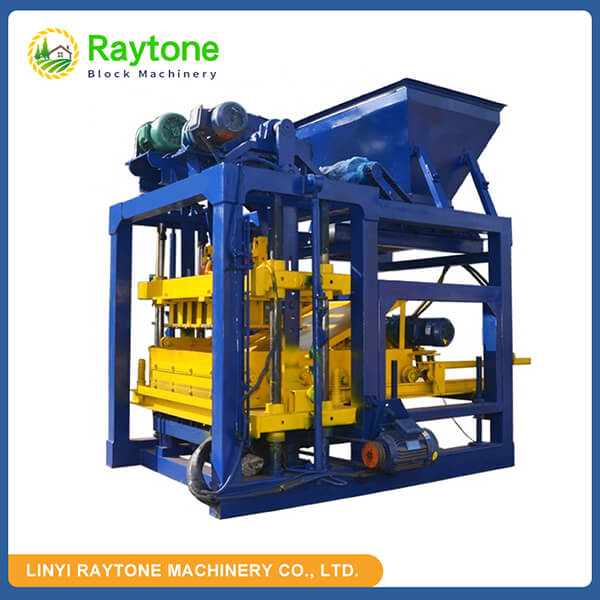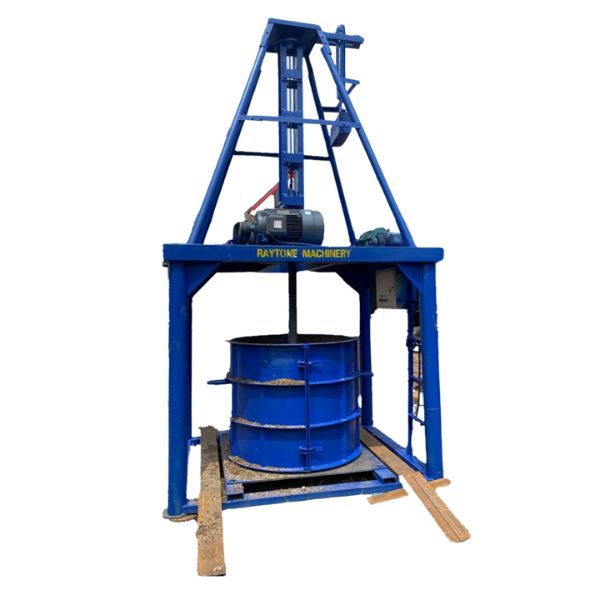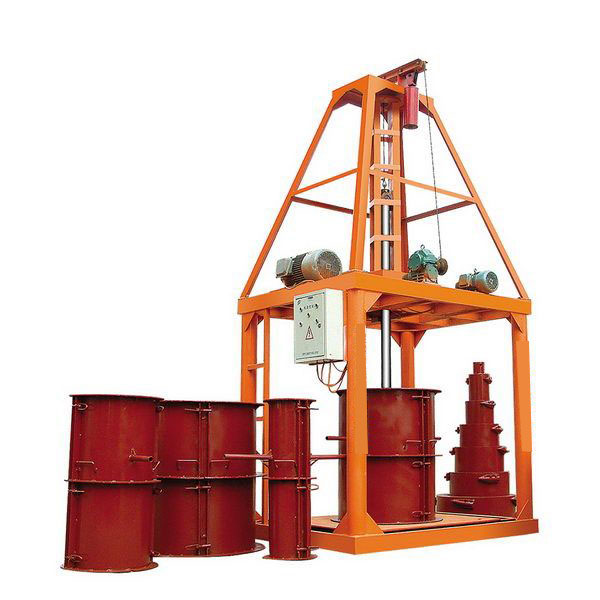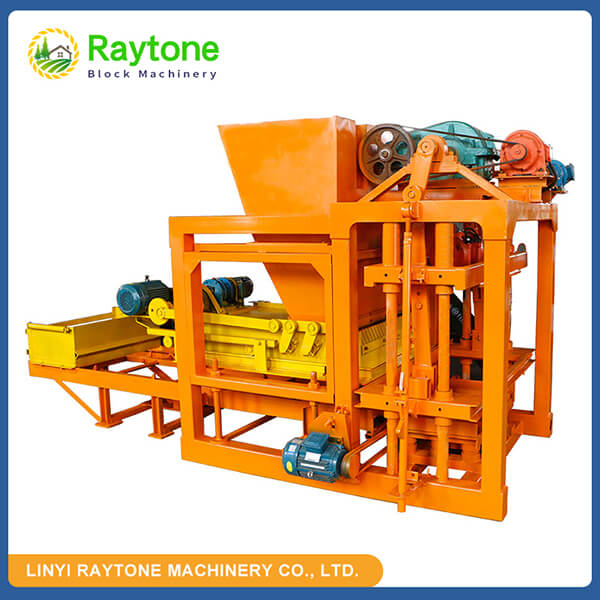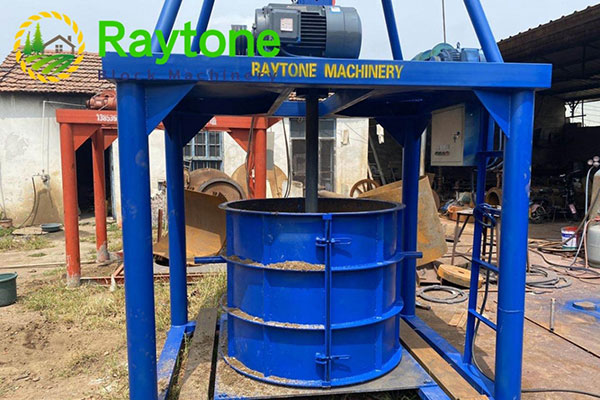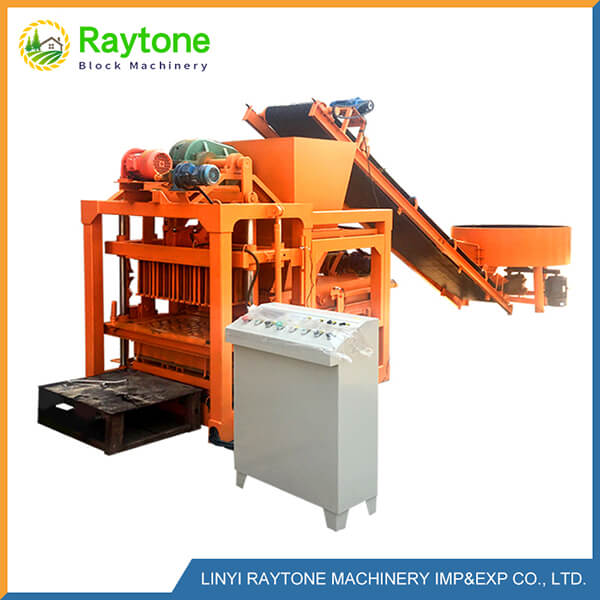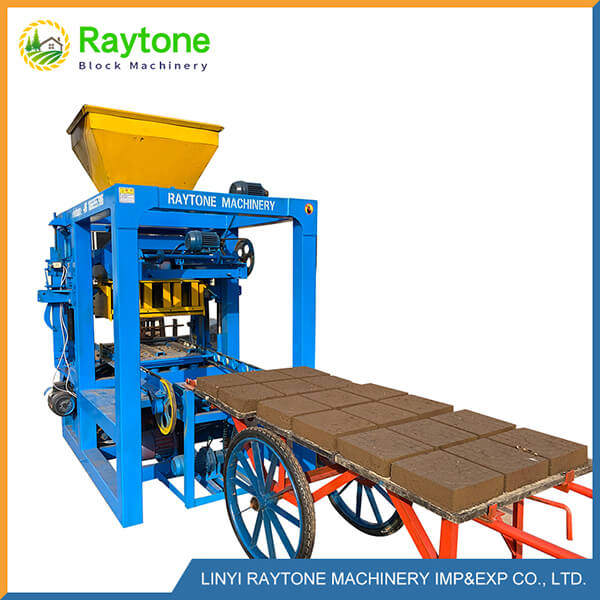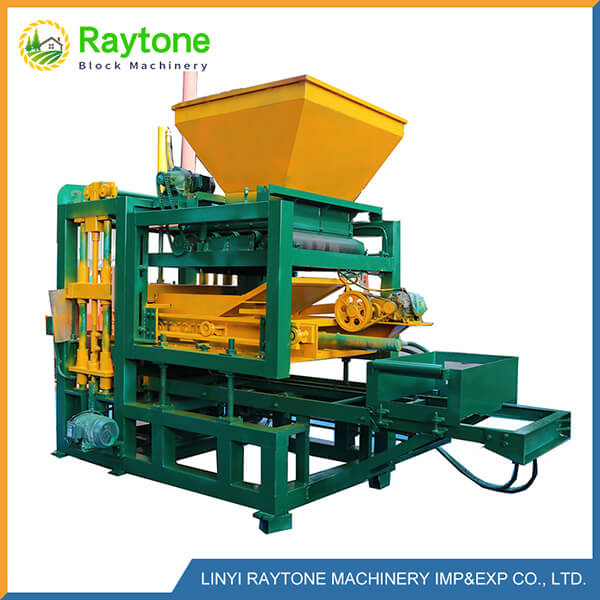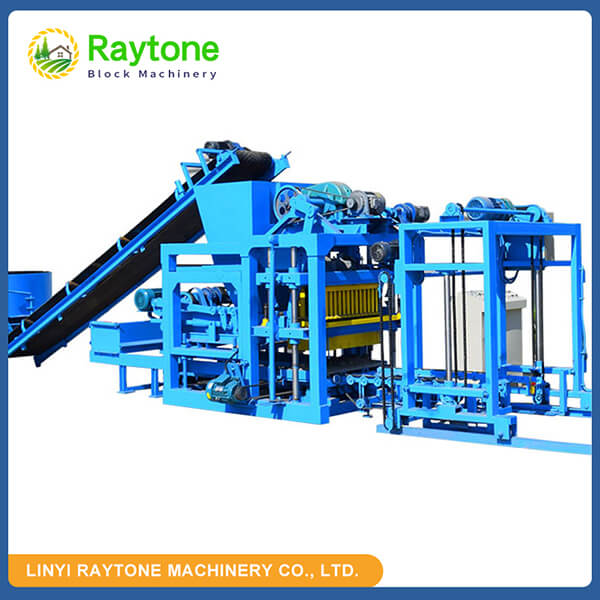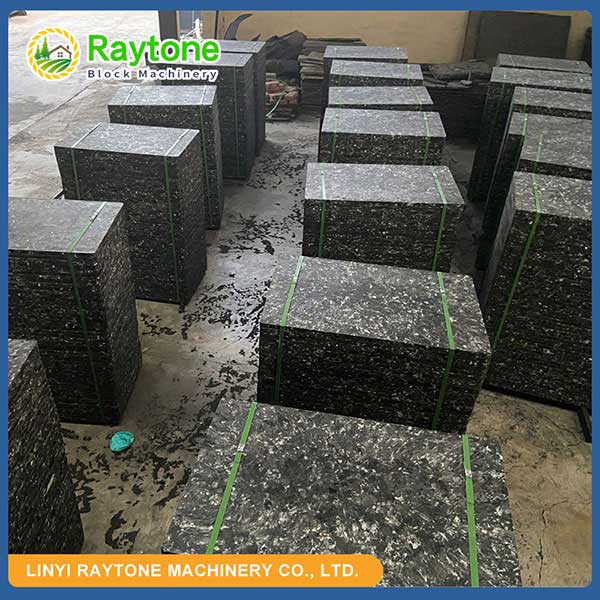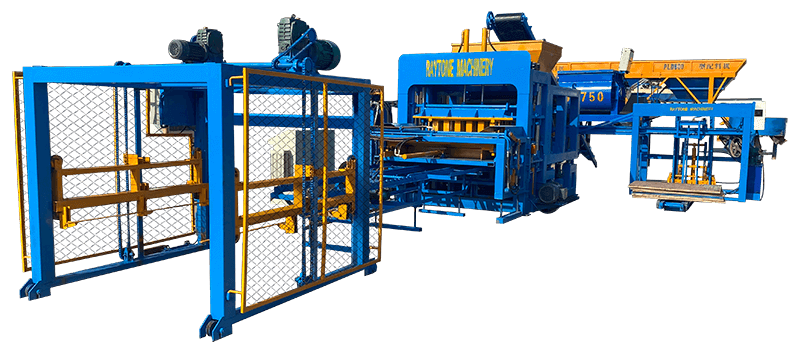Hydraulic block making machines are essential equipment in the construction industry, offering efficient and cost-effective solutions for producing concrete blocks. These machines come in various types, each designed to meet specific production needs and capacities. The main categories include fully automatic, semi-automatic, and manual hydraulic block making machines. Fully automatic machines, like the QT4-25 automatic brick making machine, offer high production rates and minimal human intervention. Semi-automatic machines provide a balance between automation and manual control, while manual machines are suitable for smaller-scale operations. Each type has its unique features, advantages, and applications in the block manufacturing process.
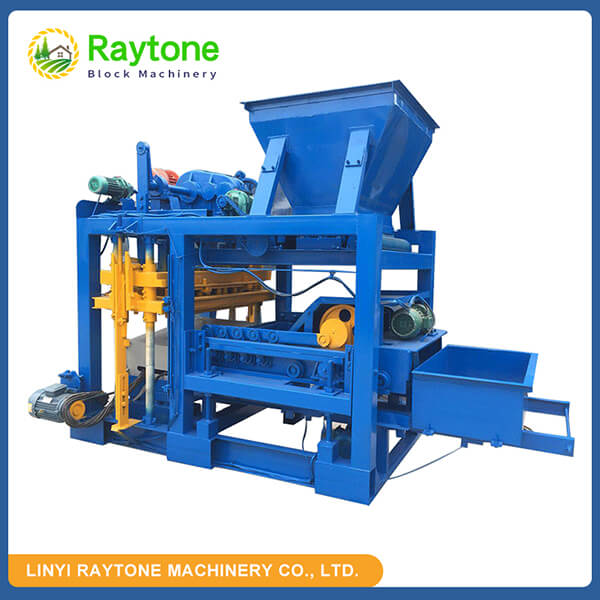
Fully Automatic Hydraulic Block Making Machines
Features and Advantages
Fully automatic hydraulic block making machines, such as the QT4-25 automatic brick making machine, represent the pinnacle of efficiency in block production. These machines boast advanced automation systems that control every aspect of the manufacturing process, from material feeding to block ejection. The hydraulic system ensures precise pressure application, resulting in uniform and high-quality blocks. Key features include programmable logic controllers (PLCs), automated material handling systems, and multi-mold capabilities. The advantages of fully automatic machines include higher production rates, consistent quality, reduced labor costs, and the ability to produce a wide variety of block sizes and shapes.
Production Capacity and Applications
The production capacity of fully automatic hydraulic block making machines varies depending on the model and configuration. For instance, the QT4-25 automatic brick making machine can produce up to 10,000 standard blocks per day, making it suitable for medium to large-scale operations. These machines are ideal for commercial block manufacturers, large construction projects, and industrial applications where high volume and consistent quality are paramount. They can produce a wide range of products, including hollow blocks, solid blocks, interlocking bricks, and paving stones, catering to diverse market demands.
Maintenance and Operational Considerations
While fully automatic hydraulic block making machines offer numerous benefits, they require proper maintenance and skilled operation to maximize their potential. Regular lubrication, hydraulic system checks, and mold inspections are crucial for optimal performance. Operators need training to effectively manage the machine’s computerized controls and troubleshoot any issues that may arise. Additionally, these machines often require a significant initial investment, but the long-term benefits in terms of productivity and quality often justify the cost for larger operations.
Semi-Automatic Hydraulic Block Making Machines
Operating Principles and Design
Semi-automatic hydraulic block making machines strike a balance between automation and manual control. These machines typically feature hydraulic systems for block compression and ejection, while material feeding and block removal may require some manual intervention. The design often includes a single mold or a small set of molds, a hydraulic press, and a control panel for managing the compression cycle. Semi-automatic machines offer greater flexibility in terms of production volume and are well-suited for operations that require frequent changes in block specifications.
Versatility and Production Range
One of the key advantages of semi-automatic hydraulic block making machines is their versatility. These machines can produce a variety of block types, including standard concrete blocks, interlocking bricks, and hollow blocks. The production range typically falls between 2,000 to 5,000 blocks per day, depending on the model and block size. This versatility makes semi-automatic machines popular among small to medium-sized construction companies, local block manufacturers, and businesses that produce specialty blocks in smaller quantities.
Cost-Effectiveness and Scalability
Semi-automatic hydraulic block making machines offer a cost-effective solution for businesses looking to enter the block manufacturing industry or expand their existing operations. The initial investment is generally lower than fully automatic machines, making them accessible to a wider range of entrepreneurs. These machines also provide scalability, allowing businesses to gradually increase their production capacity by adding more units or upgrading to more automated systems as demand grows. The reduced reliance on automation also means lower maintenance costs and simpler troubleshooting processes.
Manual Hydraulic Block Making Machines
Basic Functionality and Design
Manual hydraulic block making machines represent the simplest form of block production equipment. These machines typically consist of a hydraulic press operated by hand or foot pumps, a single mold box, and basic controls for compression and ejection. The design focuses on simplicity and durability, making these machines suitable for small-scale operations or remote locations where power supply may be limited. Despite their manual nature, the hydraulic system still provides the necessary pressure to create high-quality, dense blocks.
Advantages for Small-Scale Production
Manual hydraulic block making machines offer several advantages for small-scale production scenarios. They are highly portable, allowing for on-site block production at construction sites or in rural areas. The low initial investment and minimal operational costs make them accessible to small businesses and community projects. These machines are also excellent for producing small batches of specialty blocks or for testing new block designs before scaling up production. The manual operation provides operators with a high degree of control over the block-making process, which can be beneficial for ensuring quality in smaller production runs.
Training and Skill Requirements
While manual hydraulic block making machines are simpler in design compared to their automated counterparts, they still require proper training and skill to operate effectively. Operators must understand the correct mixing ratios for different block types, the proper filling techniques for the mold, and the appropriate compression time and pressure for various block specifications. Physical stamina is also important, as the manual operation can be labor-intensive. However, the skills required are generally easier to acquire, making these machines a good starting point for those new to block production.
Conclusion
Hydraulic block making machines come in various types, each suited to different production scales and requirements. Fully automatic machines like the QT4-25 offer high efficiency and output for large-scale operations. Semi-automatic options provide a balance of automation and flexibility, ideal for medium-sized producers. Manual hydraulic machines cater to small-scale and mobile production needs. Understanding these different types helps businesses choose the right equipment for their specific block manufacturing needs, ensuring optimal productivity and quality in their operations.
Contact Us
At Raytone Machinery, we offer a comprehensive range of hydraulic block making machines to suit every production need, including our popular QT4-25 automatic brick making machine. Our commitment to quality, reliability, and customer satisfaction sets us apart in the industry. Whether you’re looking for a high-capacity automatic machine or a versatile semi-automatic solution, we have the perfect equipment for your block manufacturing needs. Contact us today at hazel@raytonechina.com to discover how our innovative block making machines can enhance your production efficiency and product quality.
References
- Johnson, A. (2022). “Advancements in Hydraulic Block Making Technology”. Construction Equipment Journal, 45(3), 78-92.
- Smith, B., & Brown, C. (2021). “Comparative Analysis of Automatic and Semi-Automatic Block Making Machines”. International Journal of Construction Engineering, 16(2), 205-220.
- Lee, D. (2023). “Energy Efficiency in Modern Hydraulic Block Production”. Sustainable Construction Technologies, 8(1), 45-59.
- Garcia, M., & Rodriguez, L. (2022). “Quality Control Measures in Hydraulic Block Manufacturing”. Building Materials Research Quarterly, 37(4), 312-328.
- Thompson, R. (2021). “Economic Impact of Small-Scale Block Production in Developing Regions”. Journal of Rural Development, 29(3), 178-195.
- Wilson, E., & Taylor, F. (2023). “Innovations in Mold Design for Hydraulic Block Making Machines”. Construction Innovation Review, 12(2), 87-102.


